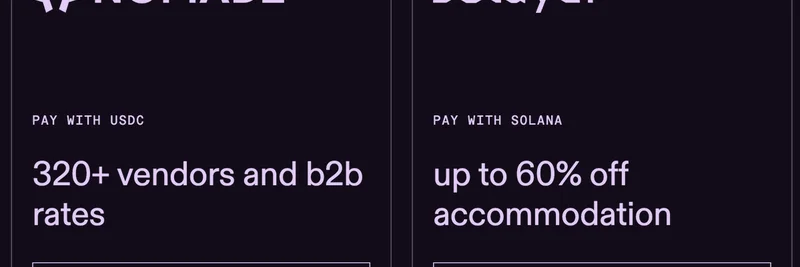A recent tweet from @bunjil on August 10, 2025, sparked some chatter in the crypto community with a bold claim: "it’s 2025 and you can’t use limit orders on Ethereum... they just don’t have the tech for it... and no one complains because no one uses it." This statement raises eyebrows, especially for those of us deep in the world of meme tokens and blockchain tech. Let’s break it down and see what’s really going on with Ethereum and limit orders in 2025.
What Are Limit Orders, Anyway?
For those new to trading, a limit order is like setting a personal price guardrail. You tell the exchange, “Buy this Ethereum (ETH) only if it drops to $2,500, or sell it if it hits $3,000.” It’s a way to automate your trades without constantly watching the market. Pretty handy, right? Most traditional stock markets and even some crypto platforms offer this feature, so why would Ethereum—a blockchain powerhouse—lag behind?
The Tweet’s Bold Claim
@bunjil suggests that Ethereum lacks the technical capability for limit orders, and the lack of complaints might mean low demand. At first glance, this feels surprising. Ethereum is the backbone of decentralized finance (DeFi), hosting thousands of projects, including meme tokens that often see wild price swings. You’d think traders would clamor for tools like limit orders to manage risk. But let’s dig into the tech side.
Does Ethereum Really Lack Limit Orders?
The truth is a bit more nuanced. Ethereum itself, as a blockchain, doesn’t natively support limit orders because it’s a layer-1 protocol focused on executing smart contracts, not dictating trading mechanics. However, DeFi platforms built on Ethereum—like 1inch—have stepped up. The 1inch Limit Order Protocol, for instance, allows users to set limit orders across multiple chains, including Ethereum. It uses requests for quotations (RFQs) to match buy and sell orders at your specified price. So, the tech is there, but it’s not baked into Ethereum’s core—it relies on third-party solutions.
Other platforms, like Kraken, offer Ethereum futures with limit-order-like features, though these are centralized and not available in all regions (e.g., the US). This patchwork of solutions might explain @bunjil’s frustration—there’s no seamless, native limit order system directly on Ethereum’s blockchain.
Why the Silence?
The tweet’s point about “no one complains because no one uses it” could hint at adoption patterns. Ethereum’s ecosystem is vast, but many users—especially meme token enthusiasts—might prioritize speed and hype over sophisticated trading tools. Plus, with Bitcoin still dominating mindshare (as noted in Bankless Times), Ethereum traders might not yet demand limit orders as much as they do on traditional markets. Or, perhaps, the existing DeFi tools are quietly doing the job for those in the know.
What This Means for Meme Token Traders
If you’re into meme tokens on Ethereum, this debate is worth watching. Limit orders could help lock in profits during a pump or cut losses during a dump—crucial for volatile assets like Dogecoin knockoffs. The lack of a native solution might push developers to innovate further, potentially birthing new DeFi protocols. Keep an eye on projects like 1inch or even emerging meme-token exchanges for updates.
Looking Ahead
As we move through 2025, Ethereum’s adoption continues to grow (Bankless Times reported a surge over the last four years), and pressure might mount for better trading tools. Whether Ethereum integrates limit orders natively or leans on DeFi solutions, the conversation @bunjil started could spark real change. For now, traders have options—but they’re not as plug-and-play as we might hope.
What do you think? Is Ethereum’s limit order situation a hidden flaw, or are we overcomplicating a non-issue? Drop your thoughts in the comments, and stay tuned to meme-insider.com for more crypto insights!


